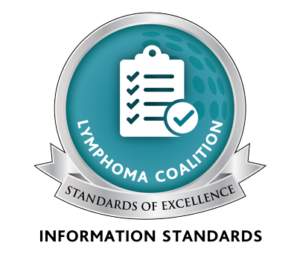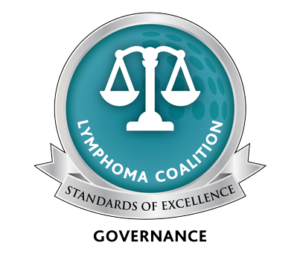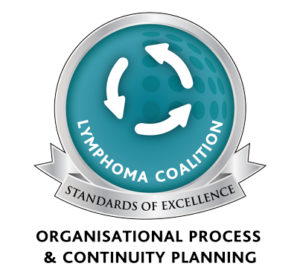Hematopoietic stem cells are a group of cells which are immature and can grow and change into any type of cell found in the blood – red blood cells, white blood cells or platelets. Red blood cells carry oxygen throughout the body, white blood cells make up the immune system and fight infection, and platelets are important for blood clotting.
Hematopoietic stem cells can be found in the bone marrow (the spongy material inside the large bones of the body that is responsible for blood cell production), circulating blood (also called peripheral blood) and umbilical cords.
Stem cells, because they divide rapidly, can be killed off by chemotherapy and radiation therapy. Therefore, the doses of chemotherapy and radiation therapy used to treat lymphoma are limited due to the risk of damaging these stem cells. Patients with lymphoma that is difficult to treat or resistant to standard therapy may benefit from chemotherapy given in very high doses, often followed by whole-body irradiation. However, this can potentially destroy all stem-cells and leave the patient at very high risk for infection.
To combat this problem, the patient receives a rescue with stem-cells which is commonly called a transplant. After high dose chemotherapy and whole-body radiation, they will receive stem cells from a compatible donor (allogeneic transplant) to replenish those destroyed by the intensive treatments.
Allogeneic stem cell transplantation is helpful for some patients with CLL or SLL. Stem cell transplants are usually done as part of a clinical trial in younger patients with high-risk genetic changes or relapsed/refractory disease (disease that does not respond to treatment or returns after treatment).
If your doctor feels that it is possible you may eventually need a transplant, they will discuss it with you during your treatment planning.





